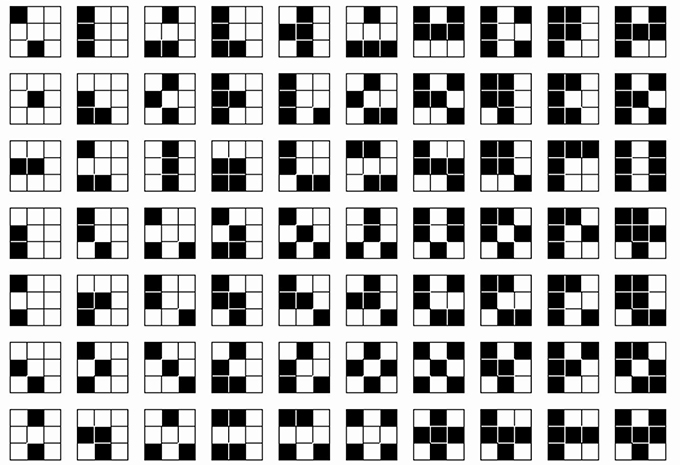|
|

|
|
The subject of architectural design and mathematics is one of the most pervading and perplexing topics in architecture discourse. This series of lectures looks at various ways mathematics has been used historically to describe, interpret and evaluate spatial composition and design.
The class is divided in three parts: The first part lays the foundations for the course with the reworking of the earliest account of design and mathematics in architectural discourse in Vitruvius’ De Architectura. The three well-known, and still useful, prerequisites of architectural form, firmness, commodity and delight, are juxtaposed with the six principles of architectural design to provide a theoretical framework for the inquiry of formal composition. The second part focuses on symmetry and proportion, the most important elements of Vitruvius’ theory of design, and traces their intellectual trajectories within the body of architecture discourse starting from Greek architecture to Alberti and to contemporary designs. The third part expands upon the relation of new mathematics to contemporary discourse and especially in recursive formalisms for generative design.
The mathematical discourse is drawn from selected topics in discrete mathematics and history of mathematics including Pythagorean arithmetic, proportionality, figurative numbers, group theory, Polya’s enumeration theorem, and production systems, in particular, shape grammars.
Syllabus
|
|
|
|